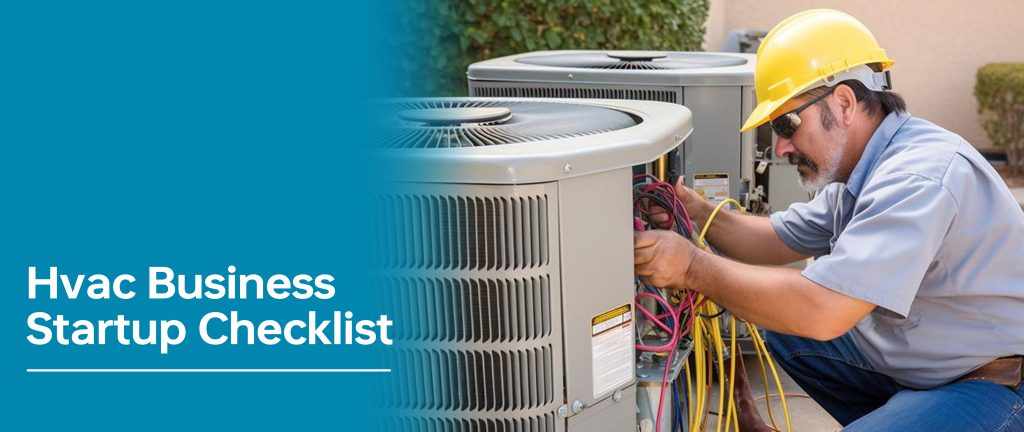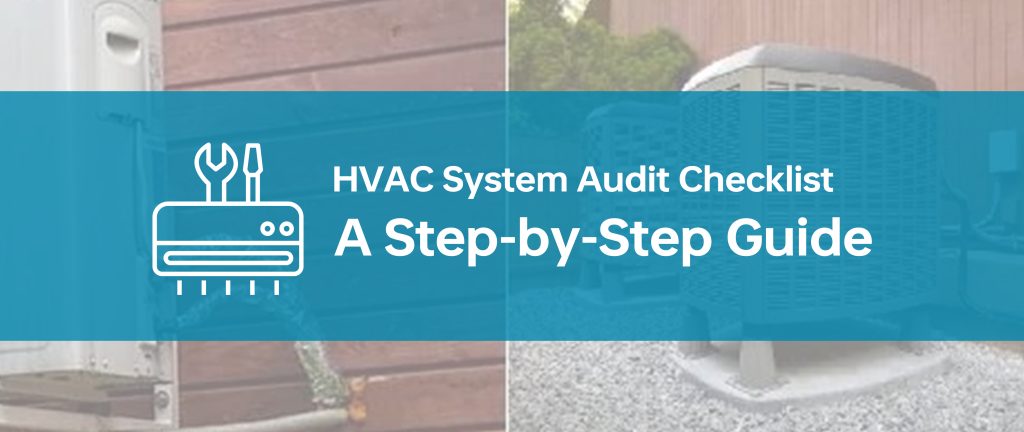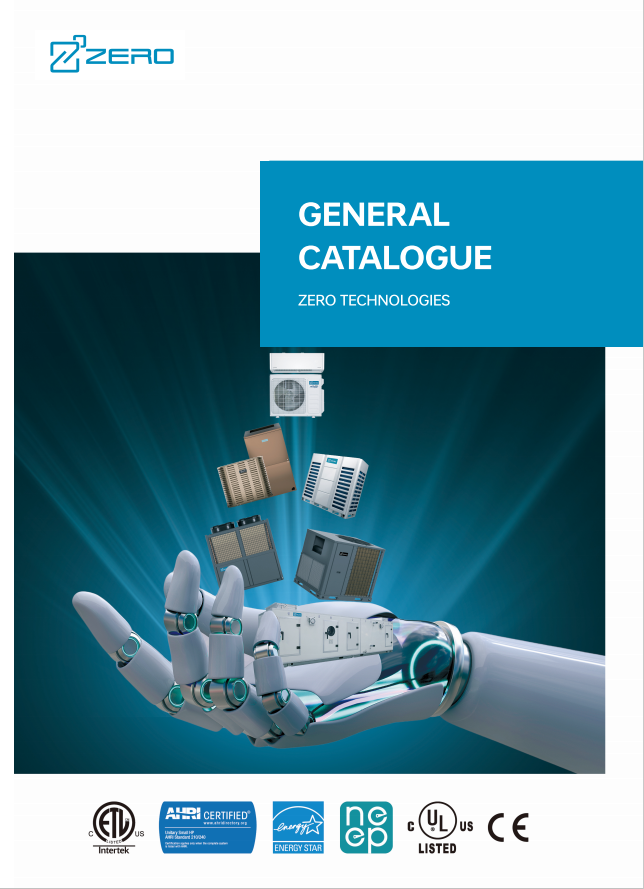You might have heard that setting your air conditioner to 26 degrees is the most energy-efficient option, but is this claim accurate?
Generally speaking, 26 degrees Celsius is considered a relatively energy-saving and comfortable indoor temperature. According to the “Civil Building Indoor Temperature Design Code” standard, the indoor air conditioning temperature should not be set lower than 26 degrees Celsius during summer. This temperature not only ensures comfort for most individuals but also helps achieve significant energy savings.
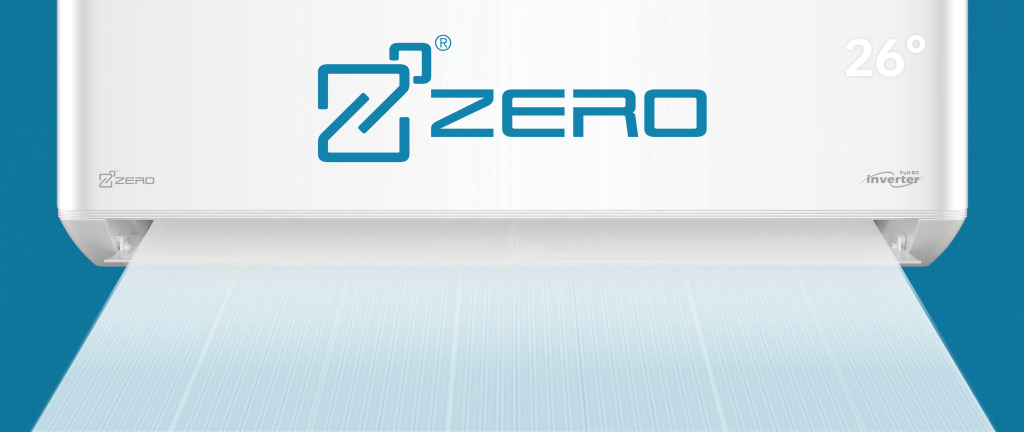
Some relevant studies:
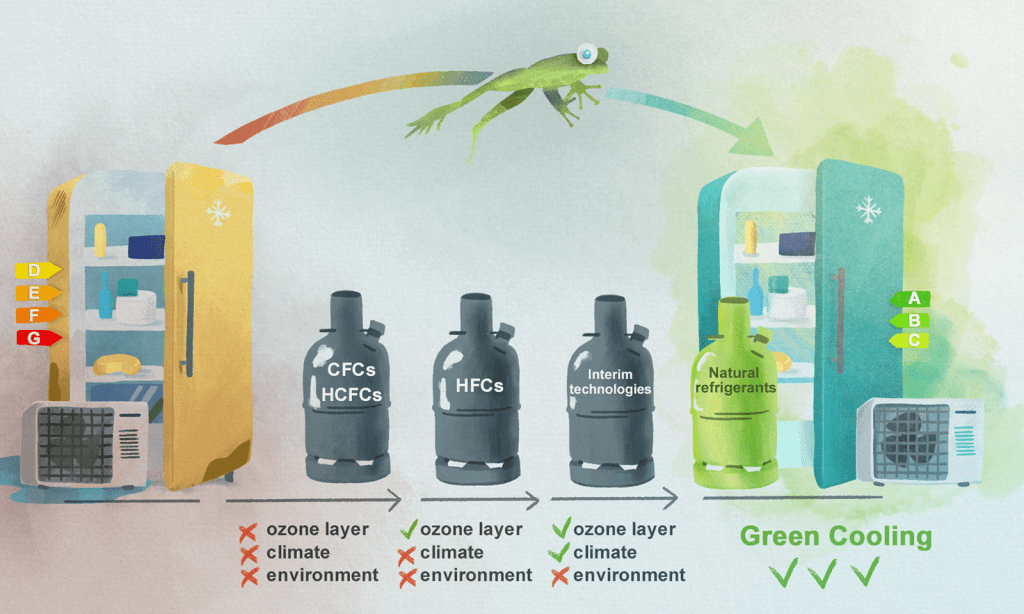
Firstly, in a study titled “Comparative Study of Energy Saving Rates in Fifteen Chinese Cities with Air Conditioning Setting Temperature Increased or Decreased by 1°C,” the effects of adjusting air conditioning settings were analyzed across diverse climatic zones in China. Increasing the air conditioning setting temperature by 1°C from 26°C resulted in significant reductions in cooling consumption across all 15 cities studied. For instance, Xiamen showed the highest energy savings of 13,497.32 kilowatt-hours (kWh), whereas Harbin had the smallest savings at 3,895.76 kWh. Cities in hot-summer and warm-winter regions, such as Guangzhou and Xiamen, achieved greater energy savings compared to colder regions like Harbin, Urumqi, and Changchun.
Conversely, lowering the heating set temperature by 1°C from 18°C led to notable decreases in annual heating consumption in each city. Cold regions benefited the most from this adjustment, while regions with hot summers and mild winters saw smaller reductions in energy usage.
Overall, the study highlights that adjusting temperature settings significantly impacts energy consumption and savings rates. However, the extent of these savings varies widely depending on meteorological conditions and regional characteristics. The annual cold/heat consumption differences between cities can range from 7 to 15 times, underscoring the importance of considering local climate factors when optimizing energy efficiency strategies.
In addition, the study “The Effect of Indoor Temperature Changes on Air Conditioning Energy Consumption” provides insightful conclusions regarding the impact of indoor temperature settings on air conditioning energy usage:
1. Air conditioners using R134a and R407C refrigerants achieve notable energy savings when adjusting indoor temperatures in both summer and winter. Increasing the indoor temperature by one degree Celsius in summer results in average energy savings of 10.57% and 10.56% for R134a and R407C, respectively. Decreasing the indoor temperature by one degree Celsius in winter yields average energy savings of 6.32% and 6.37% for the same refrigerants.
2. Both R134a and R407C refrigerants allow for energy savings by adjusting indoor temperatures upwards in summer and downwards in winter.
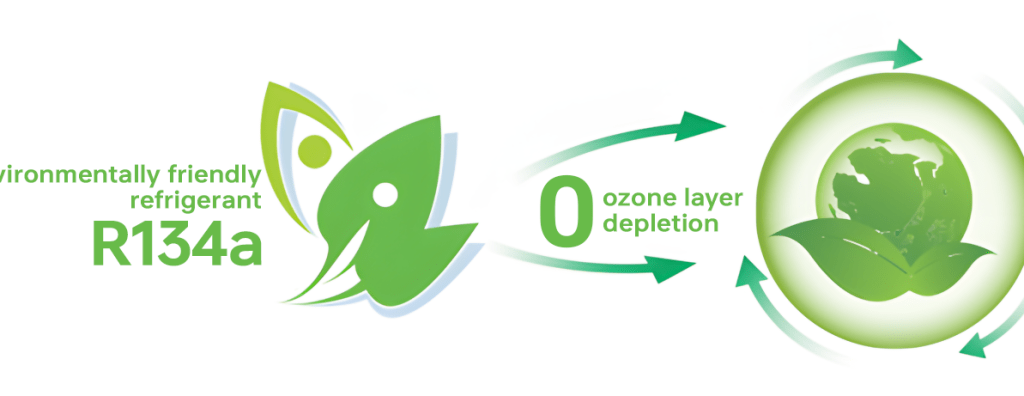
3. Using the electricity consumption of air conditioners in Beijing as an example, adjusting the indoor temperature from 25°C to 26°C in summer could save approximately 114 million kWh of electricity, equivalent to a cost saving of 23.94 million yuan (calculated at an electricity price of 0.21 yuan/kWh). Similarly, adjusting the temperature from 21°C to 20°C in winter could save about 68.1 million kWh, equivalent to a cost saving of $54.48 million (calculated at an electricity price of $0.8/kWh). These examples underscore the significant economic benefits of even small temperature adjustments.
Summarizing the results of these studies, we can see that the energy consumption of air-conditioning is closely related to the setting temperature, but it is affected by a number of factors, including geographical location, climatic conditions, building type, and so on. Therefore, although raising the air conditioning set temperature can save energy, the most energy-efficient temperature needs to be adjusted on a case-by-case basis.
Several factors significantly influence the energy efficiency of air conditioners:
1. Energy Efficiency Ratio (EER): EER measures an air conditioner’s efficiency by comparing its cooling capacity to the electricity it consumes. Higher EER ratings indicate greater energy efficiency and less electricity consumption.

2. Air Conditioner Capacity: Matching the air conditioner’s capacity to the size of the room is crucial. Oversized units cycle on and off frequently, wasting energy, while undersized units run longer at higher power levels, also reducing efficiency.
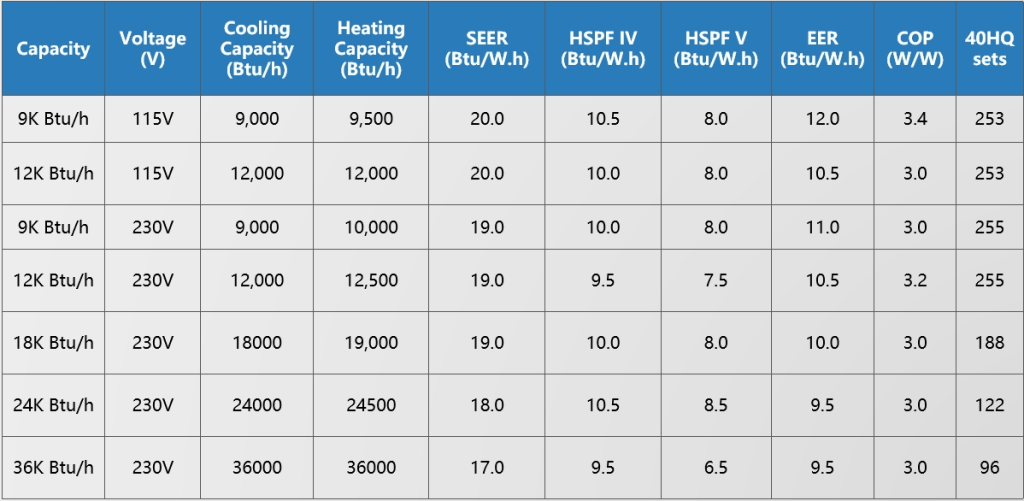
3. Usage Habits: User habits such as setting excessively low temperatures, frequent on/off cycles, and neglecting timer functions can significantly increase energy consumption.
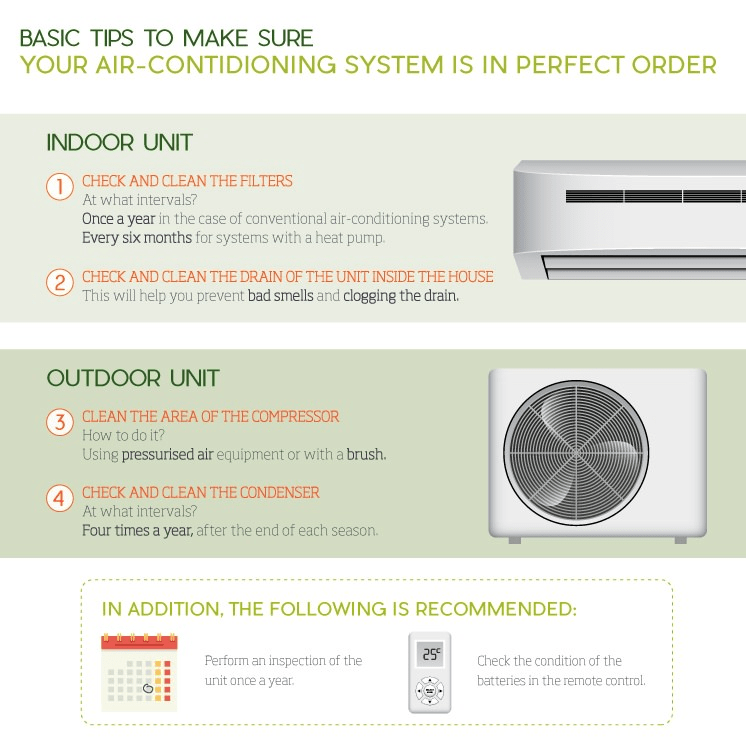
4. Room Sealing: Poor room sealing leads to frequent exchange of indoor and outdoor air, requiring the air conditioner to work harder to maintain set temperatures and increasing energy consumption.
5. Installation Location: The efficiency of air conditioners is affected by the placement of outdoor units. Poor ventilation or direct sunlight exposure can reduce efficiency.
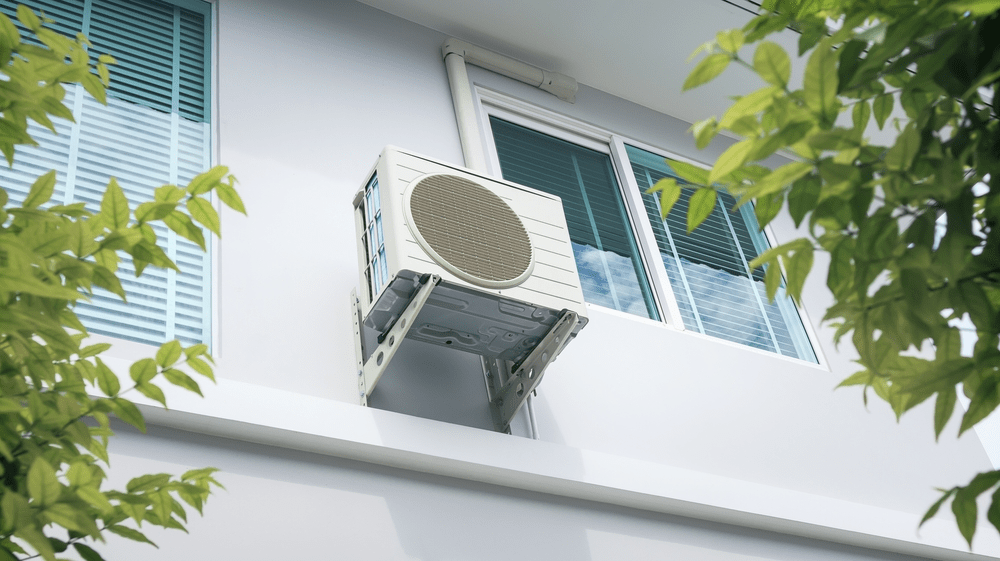
6. Maintenance: Regular cleaning and maintenance of air conditioner filters and units ensure efficient operation and lower energy consumption.
7. Intelligent Controls: Modern air conditioners with features like frequency conversion technology and intelligent temperature control adjust operation based on indoor and outdoor temperature differences, optimizing energy use.
8. Ambient Temperature: Air conditioners operate less efficiently in high-temperature environments, requiring more energy to cool the air effectively.
Therefore, choosing the right model of air conditioner, proper use and maintenance of air conditioners, as well as taking energy-saving measures can significantly improve the energy efficiency of air conditioners to achieve energy saving and emission reduction.
Energy-saving technology breakthroughs of the world’s leading air conditioning brands:
I. Haier

- Heat exchanger condensing / evaporation synchronization efficiency variable shunt technology: this technology breaks through the heat exchanger fixed flow path can not let the cooling and heating effect at the same time to reach the optimal problem, the realization of the annual energy consumption efficiency (APF) than the country’s highest level of energy efficiency increased by 22%, and effectively enhance the efficiency of heating and cooling and energy-saving performance.
- Frost crystal expansion force decontamination and melting water flushing dirt self-cleaning technology: for the heat exchanger ash problem, this technology not only removes the ash scale to enhance energy efficiency, but also provide users with healthier air.
- Improvement of carbon emission link in end-of-life dismantling: through unified modeling design, construction of recyclable assessment model, and development of intelligent sorting technology, the dismantling efficiency has been improved, and the classification and recycling of materials has been realized.
- Flexible Variable Shunt Energy Saving Technology: This technology realizes environmental friendliness and user benefits by innovating the air conditioning system. It solves the problem that the energy efficiency of air-conditioners cannot be optimized and the cooling and heating effects are poor.
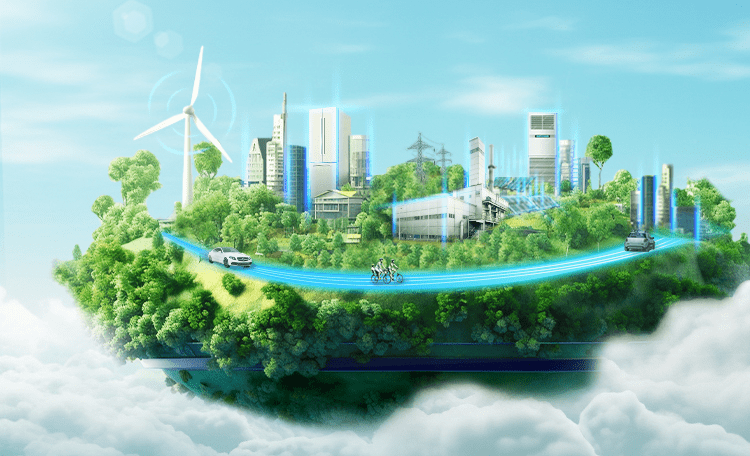
- High-speed steady-flow inverter technology: this technology can realize 160Hz stable operation of small-displacement compressor and 10% improvement of low-temperature heating capacity.
- Speed pulsation suppression and cool core bridge technology: this technology can be in the outdoor 53 ℃ working temperature cooling capacity does not decay, 62 ℃ high temperature cooling stable operation.
II. Gree

- Frequency conversion technology breakthrough: Gree Electric developed G10 low-frequency control technology and 1 Hz frequency conversion technology, these technologies effectively solve the problem of vibration during low-frequency operation of the compressor, the compressor in the low-frequency state of 1 Hz smooth operation, greatly improving the energy-saving performance of air conditioning.
- Two-stage enthalpy-enhancement rotary inverter compressor technology: this technology realizes the strong heating of minus 30 ℃ and 54 ℃ high temperature rapid refrigeration, leading the industry into a new era of two-stage frequency conversion.
- AI energy-saving air conditioning technology: Gree AI energy-saving air conditioning adopts AI+ intelligent inverter joint control program, based on the G-learning intelligent algorithm of reinforcement learning and expert system theory, which makes the air conditioner adaptive and dynamic learning under different regional climates, different spatial areas, and different room heat loads, realizing high efficiency, energy saving, and comfortable experience.
- Zero Carbon Source Air Conditioning Technology: Gree’s “Zero Carbon Source” air conditioning technology can reduce the impact of air conditioning on the climate by 85.7%, providing people with more comfortable and economical cooling solutions.
- Photovoltaic air-conditioning technology: Gree combines photovoltaic power generation technology, energy storage technology and air-conditioning, realizing the transformation from a “big consumer of electricity” to a “low-carbon pioneer”, and promoting the development of new energy and green electrical appliances as well as zero-carbon energy systems.
III. Midea

1. ECO Energy Saving Mode: Midea’s ECO energy saving mode utilizes a full DC refrigeration system and “0.1Hz Precision Control Technology” to achieve ultra-low power consumption. During an 8-hour sleep cycle at night, it consumes as little as 1 kWh for cooling, significantly reducing electricity usage while ensuring comfort.
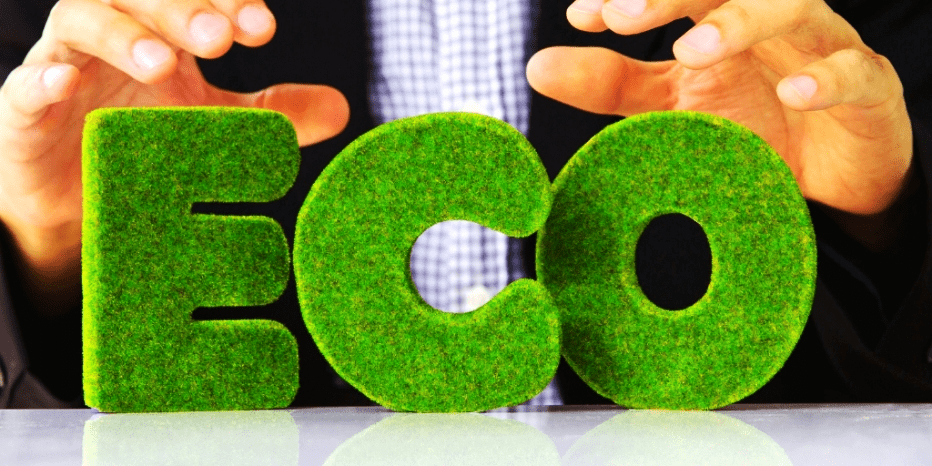
2. Inverter Air Conditioning Technology: Midea continues to innovate in the field of inverter energy-saving technology, receiving the National Science and Technology Progress Award (Second Prize). This includes research, development, and production of energy-saving key technologies for core components, control systems, and refrigeration systems, achieving multiple breakthroughs and industrialization.
3.Home Light Energy Storage Technology: Midea pioneers several home light energy storage technologies, including adaptive photovoltaic inversion for ultra-low voltage operation control, high-power wide-margin anti-disturbance energy storage DC conversion technology, and dynamic optimal control technology for photovoltaic energy storage in multiple coupling cooling and heating modes. These advancements significantly enhance system energy self-sufficiency, driving structural transformation in home energy production and consumption towards greener upgrades.
IV.TCL
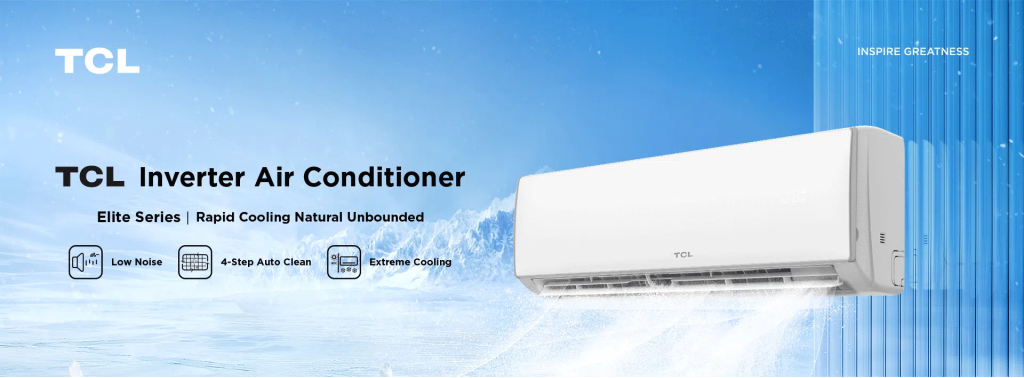
1. High-efficiency Energy-saving Silent Fresh Air Technology: This technology integrates suction, exhaust, and internal circulation modes to address the challenge of simultaneously achieving clean indoor air, constant temperature, humidity, and oxygen levels without reduction. It leads internationally, especially in low-noise high-volume fresh air technology and predictive energy-saving technology based on big data models in free operating conditions.
2. Heat Pump Energy-saving Technology: This technology achieves comprehensive energy-saving control through large thermal inertial load identification, optimal heat pump refrigerant/water interlocking control, and resolves challenges such as inertial load identification and adaptive air-source heat pump refrigerant-side energy-saving control technology, multi-grade heating water-side demand prediction and self-learning energy-saving control technology, and refrigerant/water coupled linkage balanced decision-making and optimal energy-saving control.
3. High-volume Low-noise Fresh Air Technology: This technology addresses issues commonly found in fresh air conditioning products on the market, including insufficient fresh air volume, high noise, and poor comfort, while also providing real-time indoor air quality display.
4.Research and Industrialization of New Efficient Inverter Controller Key Technologies: This technology tackles industry challenges such as power device temperature rise, harmonics, electrolytic capacitor life, and reliability. It aligns TCL Air Conditioning with national “dual carbon” strategic goals, accelerating innovation in “dual carbon” technology and its industrial application.
V. Carrier
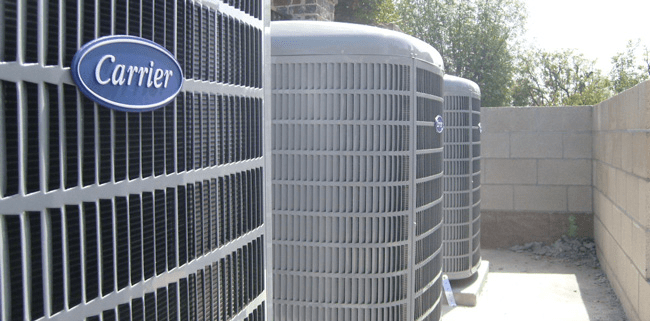
1. Inverter Technology: Carrier’s air conditioning products widely employ inverter technology, which adjusts compressor speeds in real-time according to indoor load demands. This technology enhances energy efficiency ratio (EER) and seasonal energy efficiency ratio (SEER) across varying usage scenarios.
2. Green Refrigerants: Carrier actively adopts environmentally friendly refrigerants such as R-410A and R-32. These refrigerants have lower environmental impact and provide more efficient cooling.
3.Intelligent Control Systems: Some Carrier models feature advanced smart control systems that enable remote optimization via Wi-Fi connectivity. These systems dynamically adjust air conditioning operation modes based on external weather conditions and indoor settings to maximize energy savings.
VI. Daikin
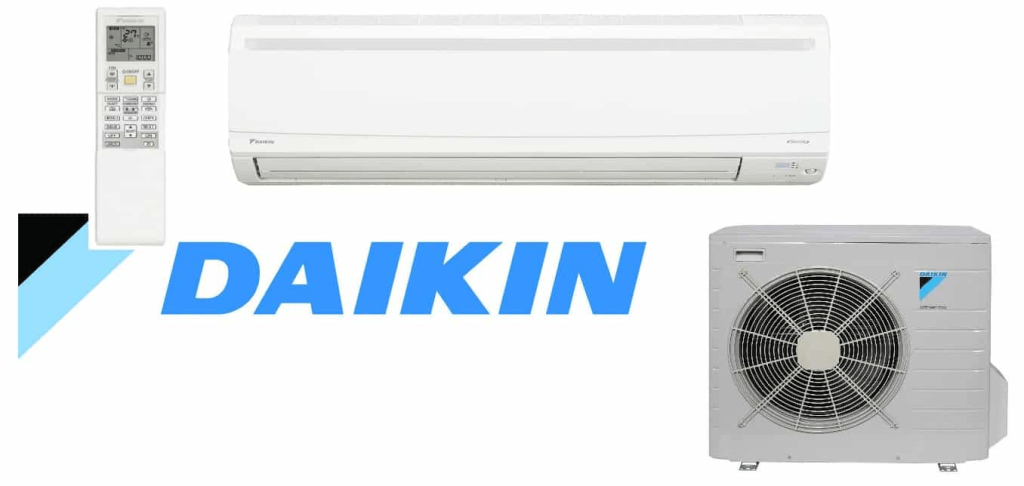
1. VRF Technology (Variable Refrigerant Flow): Daikin is a pioneer and leader in VRF systems. VRF systems utilize intelligent variable frequency control to adjust refrigerant flow and compressor operation frequency based on real-time load demands. This maximizes energy savings by allowing independent operation of different indoor zones, automatically adjusting workload when each zone’s load changes to avoid energy wastage.
2. Environmentally Friendly Refrigerants: Daikin actively promotes the use of refrigerants with low Global Warming Potential (GWP), such as R-32. These refrigerants not only reduce environmental impact but also enhance system efficiency.
3. Intelligent Control Systems: Daikin’s VRF systems are equipped with Intelligent Touch Manager and other smart control devices. These systems enable remote monitoring and control via the internet, optimizing system operation to improve energy efficiency.
(Some of the images are from the Internet, DM us for credits or removal issues.)

